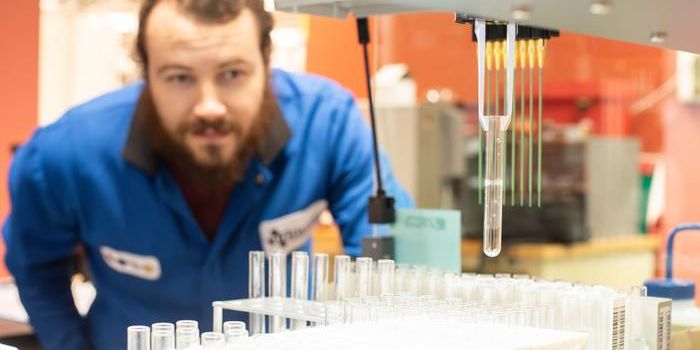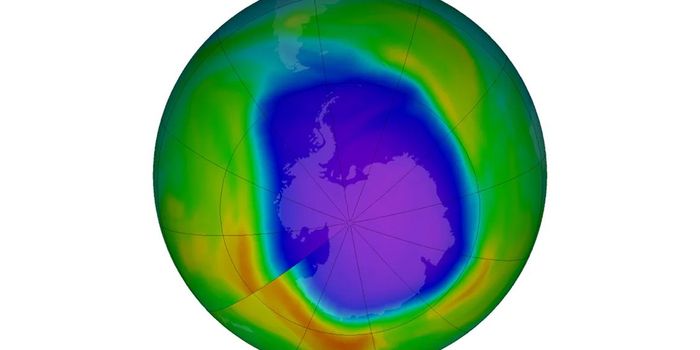Hyperthermic Nanoparticles for Cancer Treatment
Hyperthermia (excess heats) refers to the use of high temperatures to treat cancer. When used to treat tumors locally, high temperatures can destroy cancer cells and even the blood vessels the supply vital nutrients to these cells. One way to administering heat to specific tumors involves the use of nanoparticles.
The use of nanoparticle technology in conjunction with nanoparticles is not an inherently new concept: they have been used together in past for treating cancer. However, despite how promising this treat may be, it comes with its own set of limitations. For example, current approaches to using nanoparticles for hyperthermia treatment are often only effective for tumors that are easy to reach (e.g., near the surface), which can be injected. Other tumors that are harder to reach require an infusion, but in most cases, not enough nanoparticles reach the tumor to cause a significant effect.
A team of researchers at Oregon State University have developed a new approach to hyperthermic nanoparticle cancer treatment that are capable of using heat to destroy cancer cells and tumors with a highly localized dose of heat. These new nanoparticles can reach temperatures up to 122 F, which may allow them to work more effectively as a widespread, systemic treatment option. Their work is described in a recent article published in Small Methods.
Specifically, researchers are turning to alternating magnetic fields to help heat the nanoparticles, which may help ensure that nanoparticles reach tumors and provide high amounts of heat in an effective way. They also created nanoparticles that can reach an adequate temperature to have the desired effect on tumors. The team specifically created particles that have different cores and shells, which allows them to heat more efficiently.
Ultimately, the team’s research presents an important step that hasn’t been accomplished yet: the ability to administer nanoparticles intravenously, ensure they reach the tumor, and ensure they reach the desired temperature. Researchers hope their efforts could provide the framework for others seeking to develop nanoparticle-based hyperthermia treatments for cancer.
Sources: Medgadget; Cancer.gov; Small Methods








